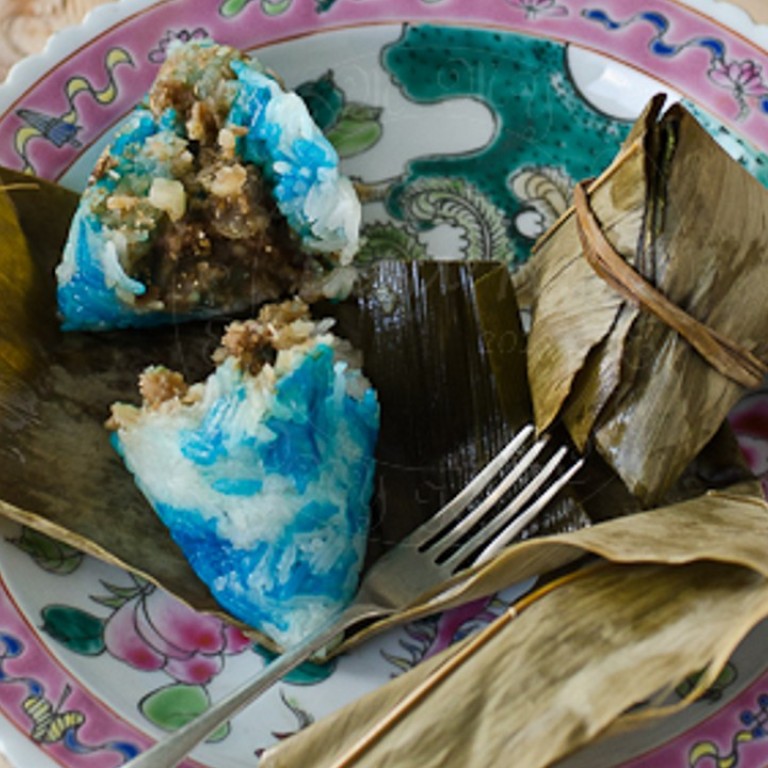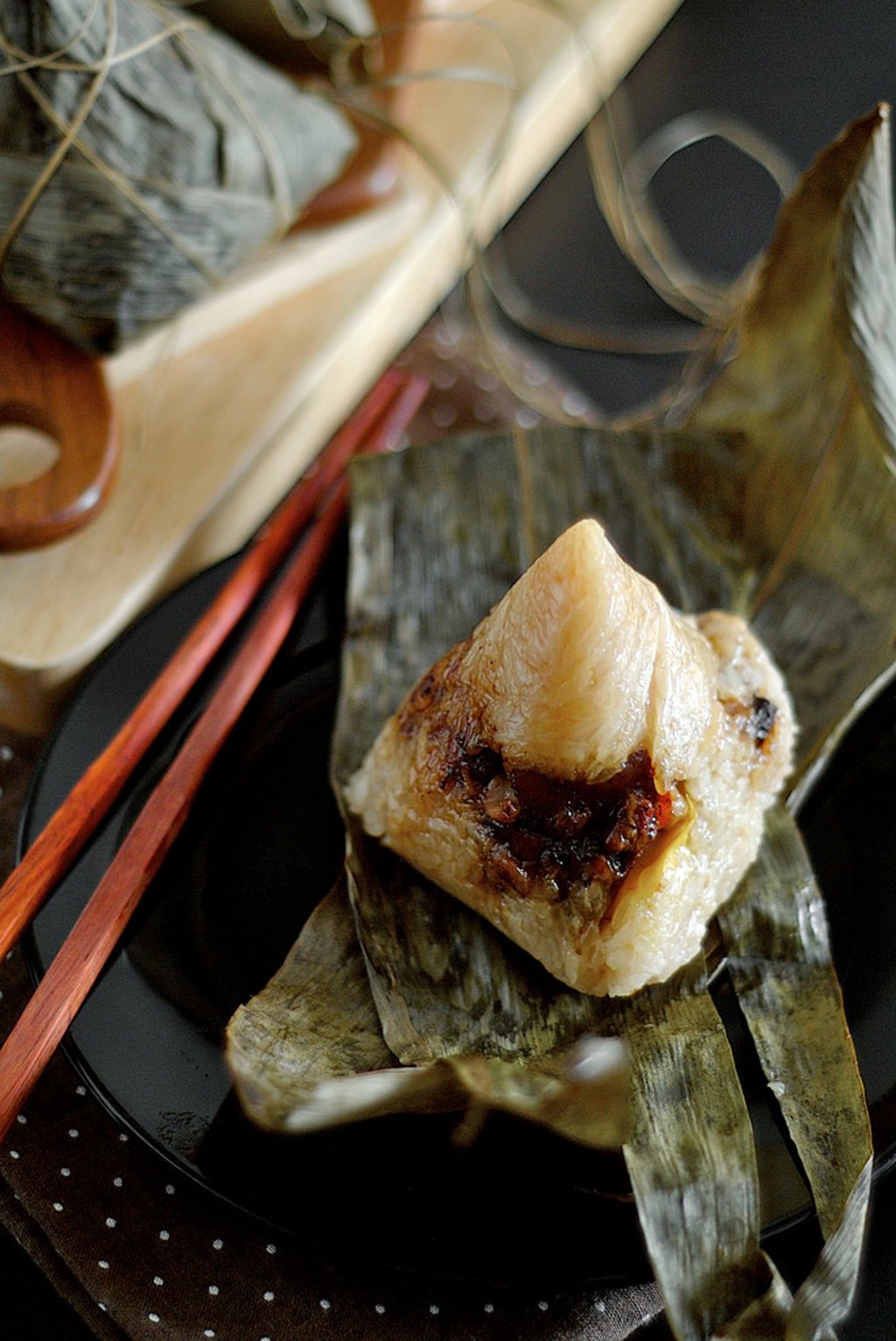Modern-day reinterpretations of glutinous rice dumplings by Chinese around the world

We look at five kinds of a delicacy associated with the Dragon Boat festival, including one from KFC
The origins of Zongzi, or sticky rice dumplings, can be traced back as far as 278BC. The delicacy, associated with the Dragon Boat festival, also known as Duanwu festival, takes place on the fifth day of the fifth month of the traditional Chinese calendar.
The household story about Zongzi’s origins is that patriotic poet Qu Yuan (circa 340-278BC), from the Zhou dynasty, committed suicide by drowning in the Miluo River. Locals, who admired Qu for his integrity and patriotism, threw balls of sticky rice into the river to feed the fish so that they would not feed on Qu’s body. This is one of the best-known stories about the origins of Zongzi.
Today, Zongzi (or Zong) has been re-interpreted by Chinese living in different corners of the world. We take a look at some of the most iconic modern-day Zongzi.
Nyonya dumpling
Common among Malaysian and Singaporean Chinese, this dumpling includes ingredients such as pork, mushroom, dried shrimps, candied winter melon and preserved bean paste. It is sometimes dipped in crushed blue pea flowers to make the Zong blue.
Guangdong Zong
Locals traditionally make two versions of this steamed dumpling: a sweet soda dumpling and a savoury one. Filled with bean paste, the soda dumpling is usually eaten with sugar or honey. For the savoury dumpling, common ingredients include pork, egg yolk and mushrooms.
Shanghai Zong (Jiaxing Zong)
Popular among the Shanghainese, Jiaxing Zong is known for the quality of its ingredients: first-class white glutinous rice, finely selected ham and pork belly pickled with Shanghai soy sauce.
